Cromwell bears the proud name of Oliver Cromwell, one time Lord Protector of England.
This modern service town, 31km northwest of Alexandra, can also boast another title, the ‘Cherry Capital of New Zealand.’
As you enter the town, a giant fibreglass iconic sculpture will catch your eye. It is in the form of a cluster of ripe fruit, calculated to tempt the taste buds. Fruit stalls beside S.H.8 offer delectable confections – this is truly the ‘Fruit Bowl’ of the south.
Cromwell is set in a spectacular landscape of brown hills, fertile valleys, pristine hydro lakes and dramatic gorges, carved out by the powerful Clutha and Kawarau Rivers. The town stands on the shore of Lake Dunstan, formed by the Clyde Dam, 20km downstream. Old Cromwell Town, on Melmore Terrace, close to the lake edge, is a reconstruction of the original town site, which now lies 50 metres under the shimmering lake. The Visitor Centre has a brochure, which enables you to do a self-guided historic tour here and around the main town.
Cromwell has the distinction of being further from the sea than any other New Zealand town. The climate is Continental with hot, arid summers and still, cool, dry winters, ideal for growing stone fruits and vines. A number of orchards and vineyards are open to the public for door sales and tastings. Try the acclaimed Pinot Noir and Pinot Gris.
Outdoor activities are popular, including fishing for brown trout (guides are available), bird-watching trips at the head of Lake Dunstan and also horse trekking. In March the annual historic Cavalcade, sees horse riders and wagons climbing the old Cobb & Co coach trails over the mountains to Middlemarch. There are also 4WD tours, mountain biking, jet boating and guided tours in the Goldfields Park throughout Central Otago.
The Goldfields Mining Centre in the Kawaru Gorge, provides a fascinating glimpse of the past with its stamper battery, Chinese Village, mining demonstrations and thrilling jet boat rides in the gorge.
Bendigo and Bannockburn are two gold rush sites that really capture the imagination. Ghost towns, scattered ruins, deep mine shafts, tortured landscapes and sluicing faces, paint a graphic picture of the hardships faced by the pioneers.

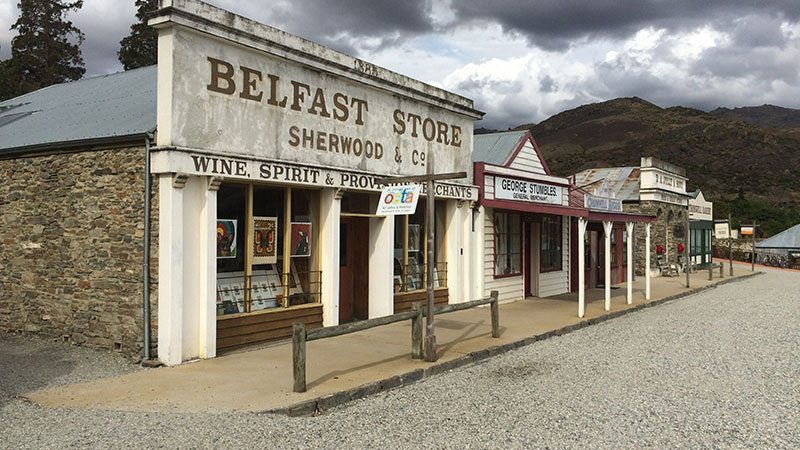
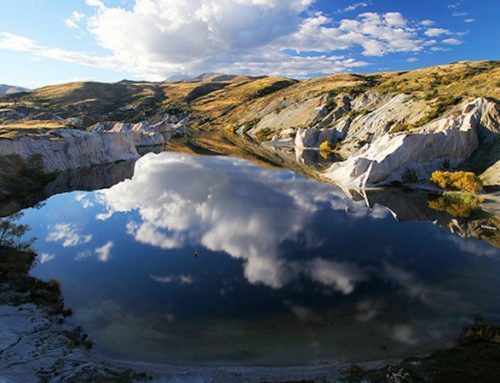
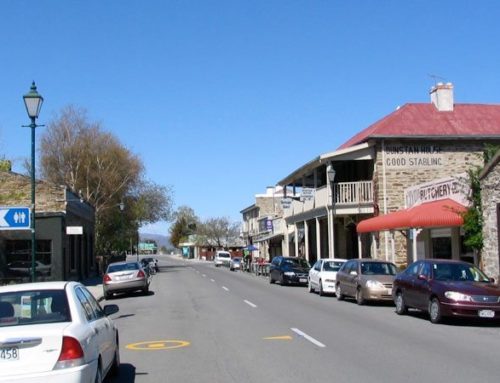
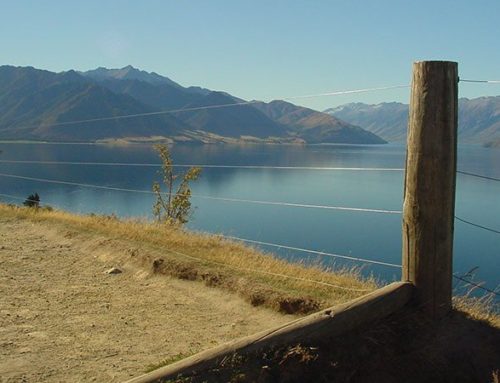

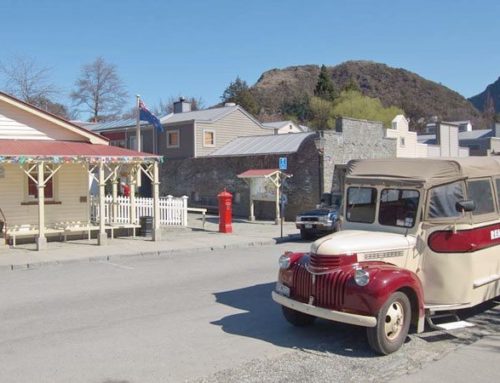
Leave A Comment